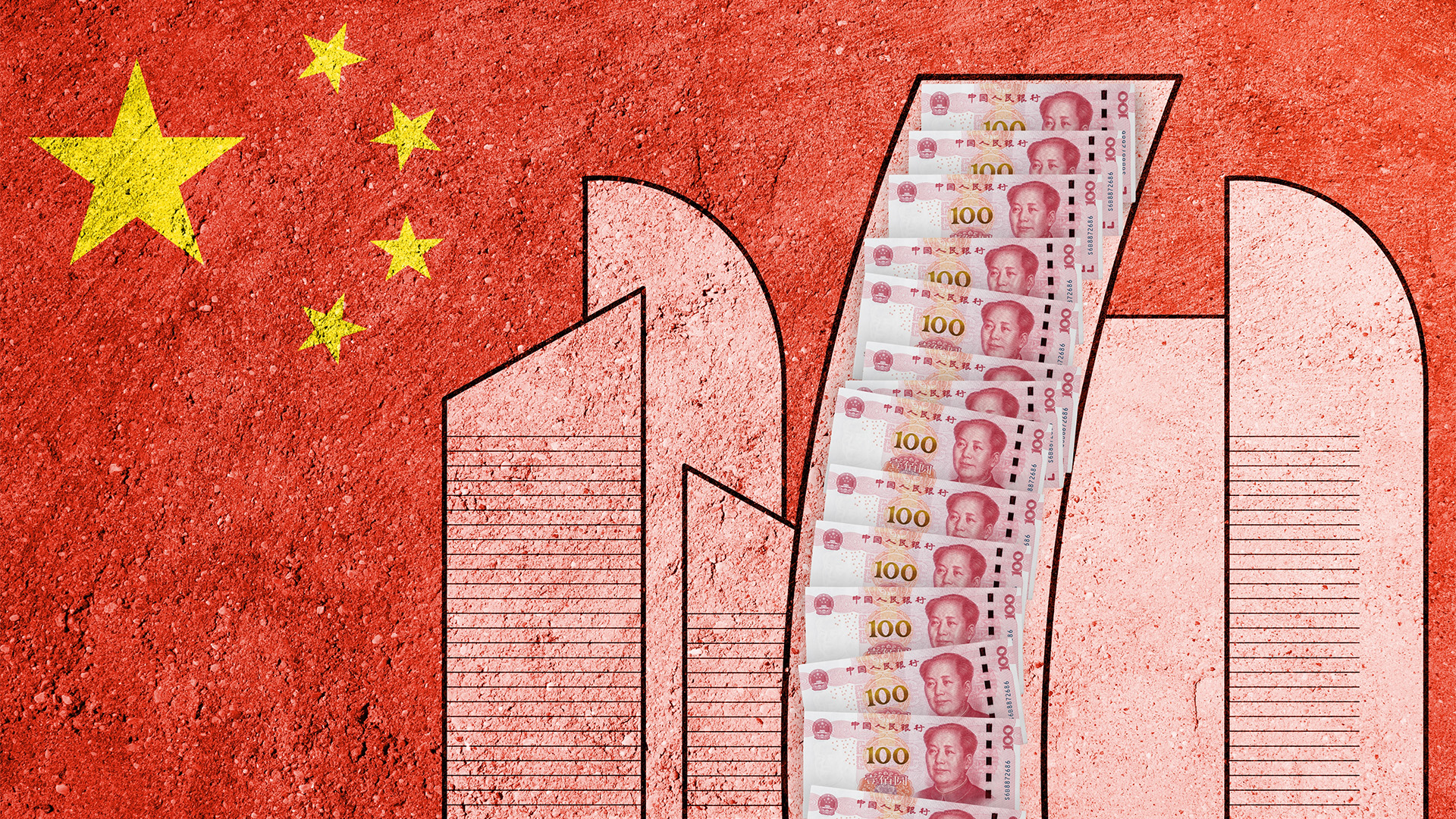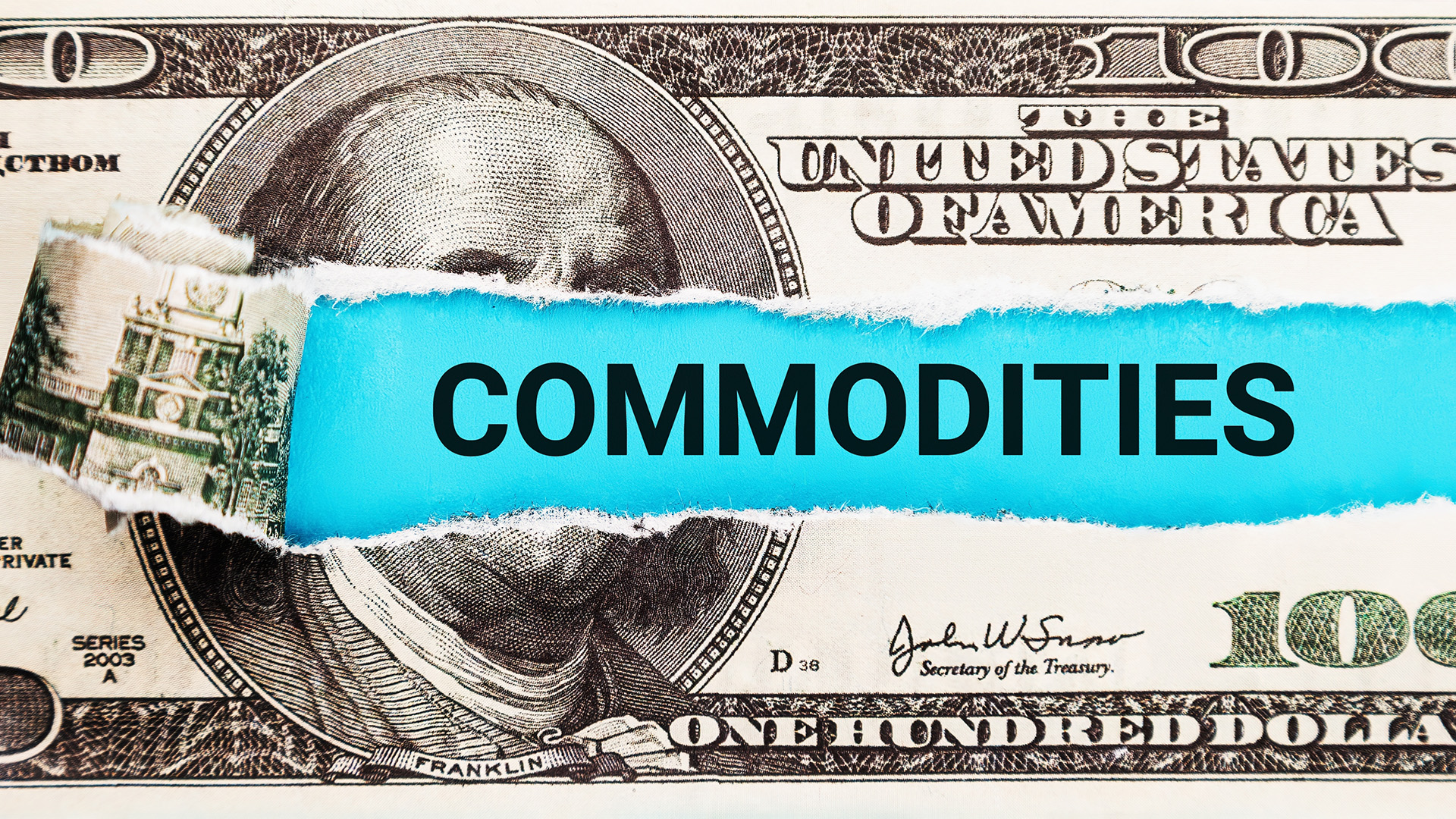Australian consumers ignored rising interest rates and negative media commentary, plus the change in federal government in May while exporters took advantage of a weak dollar and record prices for key commodities like thermal coal and LNG to push economic growth up 0.9% in the June quarter and a very sold 3.6% for the 2021-22 financial year.
Households spent more on services and in hotels, cafes and across recreational pursuits with the ending of Covid lockdowns and restrictions, especially on travel to move about more internally and to resume travelling overseas again.
But they also spent less on goods with the lockdowns ending and on food in stores such as supermarkets (which was also influenced by the flood and rain driven surge in the cost of fresh fruit and vegetables.
While the national accounts data is historical, unlike some previous reports this one contains big hints as to what consumers and companies are still seeing and the potential pitfalls for them and the economy in the coming year.
Higher interest rates and inflation stand as the biggest obstacles with the key cost measure in the national accounts, the implicit price deflater rose 8.3% in the year. That was faster than the 6.1% rise in the Consumer Price Index
Higher interest rates are a given for this year after Tuesday’s 0.50% rise in the cash rate to 2.35% and a probable target for the central bank of 3% to 3.5% next year.
Apart from resources companies, the GDP and national accounts data suggest a peaking in the performance of the economy in 2021-22 and for a host of listed companies, especially in the consumer facing sectors like retailing, life will only get tougher in the next 12 months.
Housing finance and approvals started the new financial year with a big fall, but the trade surplus still topped $15 billion which would have been a record earlier in the financial year (and was for a time).
New car sales hit a five year high in August, jobs growth continued and retail sales growth at 1.3% for the month, was the strongest for four months, so that’s another category still not feeling the pain of higher financing costs.
The Australian Bureau of Statistics (ABS) said the June quarter was the third consecutive quarter of economic growth, following a contraction in the September quarter of 2021, which was impacted by the Covid Delta outbreak and associated lockdowns and border and travel restrictions.
The bureau said household consumption contributed 1.1 percentage points to the overall growth as household savings fell from 11.1% in the March quarter to 8.7% in the three months to June.
Trade contributed 1.1 percentage points to growth as the June quarter trade surplus reached a record 7.1% of GDP, the highest ever. The country has now seen 13 consecutive quarters of a current account surplus, the ABS pointed out, after 175 quarters of deficits.
“Exports recorded the strongest quarterly rise since the Sydney Olympics boosted travel exports in September quarter 2000,” Sean Crick, head of National Accounts at the ABS said in yesterday’s release.
“Goods exports rose 4.2 per cent, with the main contributors being mineral ores, other mineral fuels and rural goods. Services exports rose 13.7 per cent, driven by travel and transportation services, as international borders were open for the full quarter.”
The June quarter national accounts cover the RBA’s first two rate rises and while total dwelling investment fell 2.9% in the quarter, the ABS said this was due to the wet weather and floods on the east coast slowing or halting activity (points made by building products and other companies in the sector in the June 30 reporting season)
Labour and material shortages also contributed to the fall, with Covid linked to both, as well as rising costs of key inputs such as energy costs, bricks, timber and cement. A number of home building and construction companies collapsed in the quarter, further slowing activity in Queensland, NSW and Victoria.
The terms of trade rose 4.6% to their highest ever with export and import prices up strongly for a second quarter in a row. Ongoing supply chain issues and global uncertainty continued to drive demand for Australia’s mining and rural commodities.
High commodity prices coupled with increased export volumes drove a 16.9% increase in Mining operating surplus in the June quarter to $83 billion, which boosted the wages share of national income to the highest level ever and push the wages and salaries share to the lowest ever.
While the Compensation of Employees rose 2.4% in the quarter – a solid gain and 7% over the year to June – it went backwards, with the implicit price deflator rising the previously mentioned 8.3%.
The rise in the terms of trade boosted nominal GDP growth 4.3% in the quarter (compared with the 0.9% inflation adjusted figure) meaning more tax collections for the federal government and a better starting point for the October budget statement.
The performance of households stood out again and they ignored falling real wages to spend and spend.
Household spending rose 2.2% for the quarter, contributing 1.1 percentage points to GDP.
The ABS said growth was driven by spending on travel related categories such as transport services (up 37.3%) and hotels, cafes and restaurants (up 8.8%), while spending on food fell 1.2%.
“Households increased spending on domestic and international travel as COVID restrictions further eased and international borders remained open. While spending on transport grew strongly, households were still only spending two thirds of what they did pre-pandemic,” The ABS’ Mr Crick said.
“Increased travel activity by both households and business was reflected in increased Gross Value Added for the Accommodation and Food Services, and Transport, Postal and Warehousing industries.”













